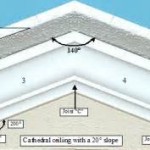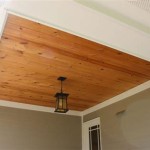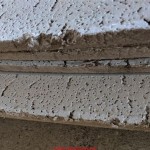Ceiling support beams are an important part of any home or building. They provide stability and help to hold up the weight of the ceiling. Without them, the ceiling could collapse, leading to major structural damage. In this article, we’ll discuss what ceiling support beams are, how they are used, and the different types available.
What Are Ceiling Support Beams?
Ceiling support beams are structural components that provide support for ceilings. They are typically made of wood, steel, or concrete, and are used in both residential and commercial buildings. They are also known as joists, lintels, or trusses.
How Are Ceiling Support Beams Used?
Ceiling support beams are used to support the weight of the ceiling and keep it from collapsing. They are typically installed in the form of a lattice or truss and can be used to support ceilings in homes, office buildings, or warehouses. They can also be used to support large decorative ceilings or to divide walls into different levels.
What Are the Different Types of Ceiling Support Beams?
There are three main types of ceiling support beams: wood, steel, and concrete. Wood joists are the most common type used in residential construction. They are lightweight, easy to install, and relatively inexpensive. Steel lintels are more durable and can support heavier weights, making them ideal for commercial buildings. Concrete trusses are the most durable type and are used in large buildings like warehouses.
Conclusion
Ceiling support beams are an essential part of any home or building. They provide stability and help to keep the ceiling from collapsing. There are three main types of ceiling support beams: wood, steel, and concrete. Each type has its own advantages and disadvantages and should be chosen based on the specific needs of the building.










Related Posts








